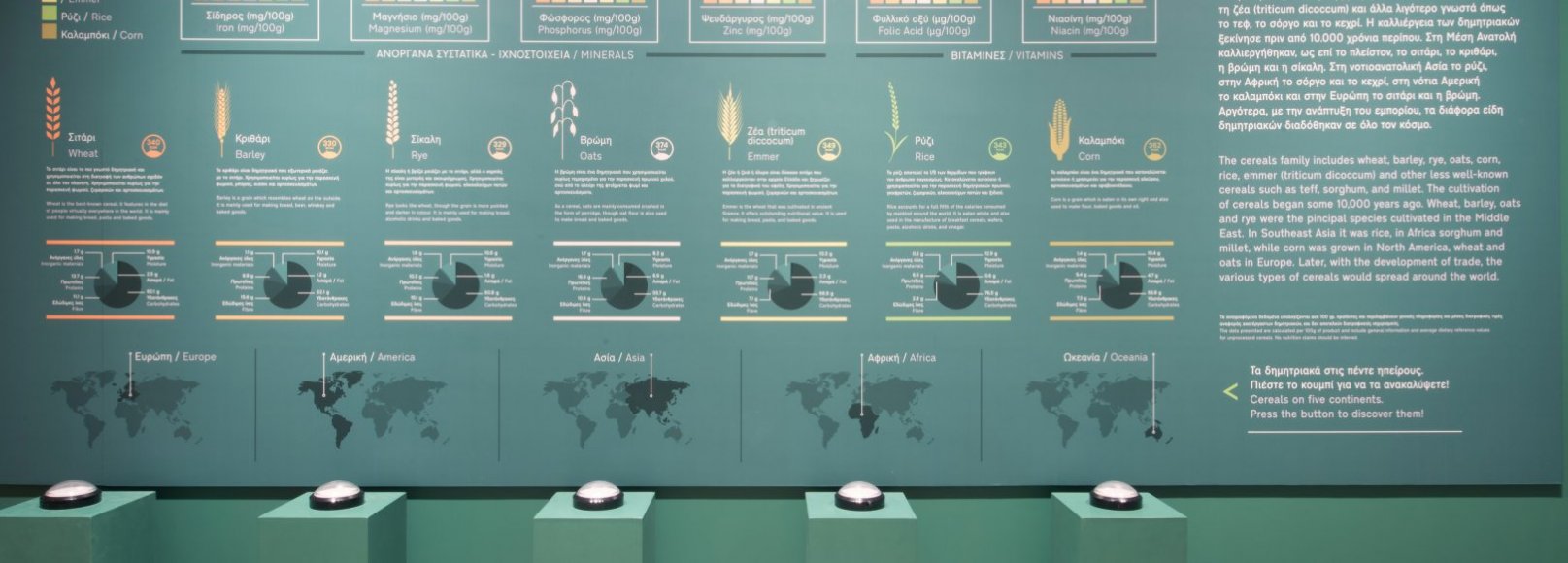The cereals family includes wheat, barley, rye, oats, corn,rice, emmer (triticum dicoccum) and other less well-known cereals such as teff, sorghum, and millet. The cultivation of cereals began some 10,000 years ago. Wheat, barley, oats and rye were the pincipal species cultivated in the Middle
East. in Southeast Asia it was rice, in Africa sorghum and millet, while corn was grown in North America, wheat and oats in Europe. Later, with the development of trade, the various types of cereals would spread around the world.
Cereals: The basis of human diet
Cereals form the basis of the human diet. Wheat is one of the best-known cereals. Its grain consists of: the endosperm, which contains starch and which we use to make white flour; wheat germ; and bran, the hard casing which protects it from damp and bacteria. Wheat is rich in carbohydrates, proteins, B complex vitamins, fibre, magnesium, manganese, phosphorus, zinc, and iron. Most of these nutrients are found in the bran.


